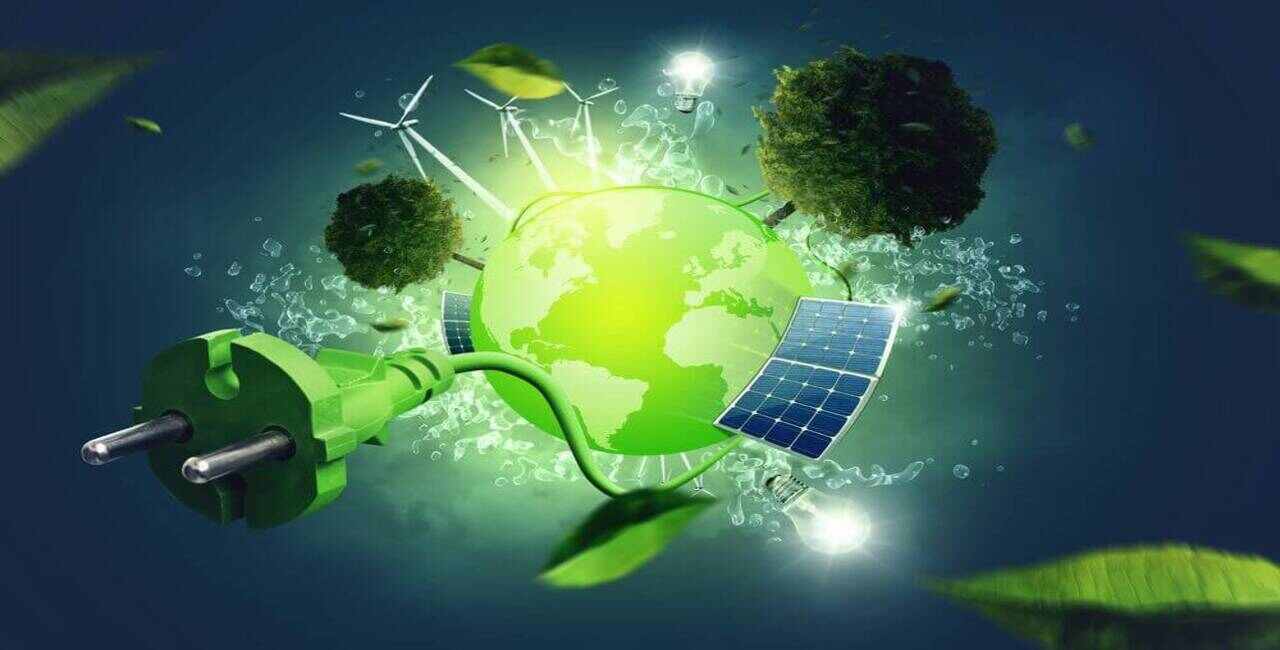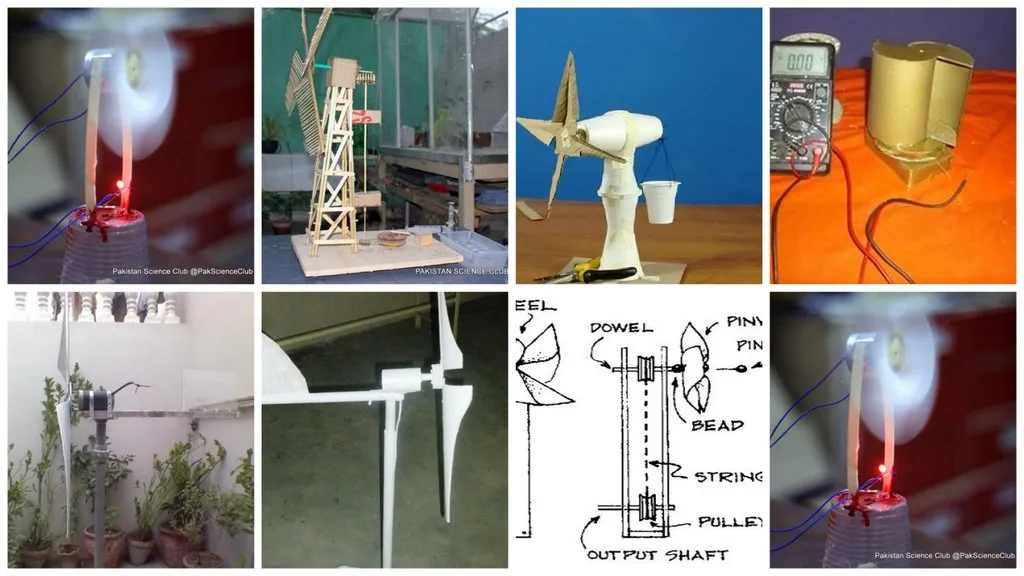See how science research is driving advancements in manufacturing processes and industrial automation. Since the dawn of civilization, the manufacturing industry has been the fulcrum of the society. From the advent of the Industrial Revolution and even to the present automated factories, methods of manufacturing have influenced changes in economies and societies. However, for the past few decades, this concept of manufacturing has been experiencing a revolutionary change through science. How products are manufactured is changing with the advent of new technologies and innovations, increasing productivity, decreasing costs and improving the level of differentiation.
In this paper, we will analyse how science is actively changing the manufacturing industry for the better. Smart factories, advanced robotics, materials science, additive manufacturing (3D printing) etc., how science will redefine the future of manufacturing, we will cover all of them. Let us also look to the skyline on the extent of these changes to the labour and the economics of the world.
Emergence of Smart factories
Smart factories also called “Industry 4.0” are factories in a new realm where machines, systems, and people are all connected. Smart factories use data and advanced automation combined with human judgment to manufacture products enhancing the speed of decision-making and efficiency of the processes.
Among them the following can be attributed to the key ones, which are implemented in smart factories:
IoT Technology: IoT refers to the use of sensor equipment embedded into machines for data acquisition and maintenance scheduling and process optimization in the factories.
AI and Machine Intelligence: These technologies enable machines to analyze, forecast, and enhance the utilization of the tools without any input from humans.
Cloud Computing: Information available from the different machines and processes is kept on the ‘net’ to be accessed and assessed later.
For instance, the “Brilliant Factory” concept of General Electric allows for an improvement of the production’s efficiency and quality through the utilization of data generated by connected machines.
| Feature | Traditional Factories | Smart Factories |
|---|---|---|
| Automation | Limited automation | High automation |
| Data Collection | Manual or no data | Real-time IoT data |
| Decision Making | Human-driven | AI-driven |
| Maintenance | Reactive maintenance | Predictive maintenance |
Complexity in Productivity
Due to technology, the Adverse impact in manufacturing is now alleviated due to the use of robotics. Nowadays, robots have gone beyond limitations in that they can perform more complex tasks within a short time as opposed to previous models. Robotics embraces the process of manufacturing different products within automobiles, electronics, pharmaceuticals, and any other fields.
There are different types of robots used in manufacturing:
Programmable Robots: Programmable Robots enable organizations to deploy robots in applications like welding, packing and even assembly. No matter how demanding the task at hand is, they do not get tired and as such do help increases productivity.
Industrial Robots and Cobots: Cobots differ from Robots in that they do not work by themselves. Such machines are usually embedded with various sensors and safety features preventing accidents thus, small and medium enterprises can operate these devices without risks.
Robotics leads to a reduction in the amount of error, quicker production, and enhanced quality. Moreover, in dangerous conditions, robots, contrary to humans, as well as in ordinary working conditions take on the role of workers.
The Influence of Artificial Intelligence and Machine Learning
The implementation of artificial intelligence (AI) and machine learning (ML) is transforming the industrial processes in such a way that machines can be able to draw insights from data collected. These industries comb through a large volume of information and perform tasks such as spotting possible future trends and improving specific operations. For instance, regarding predictive maintenance, AI helps in spotting the first signs of malfunction in machinery, hence minimizing downtimes and maintenance costs.
ML algorithms can also carry out production scheduling, conduct inventory control and enhance product quality. These developments do not only have gains in terms of efficiencies but also help manufacturers in meeting the ever-changing demands in a more dynamic way.
Additive Manufacturing (3D Printing)
Among the more advanced technological innovations in the manufacturing industry that has been made recently is that of additive manufacturing, colloquially referred to as 3D printing. Where the conventional manufacturing processes remove or deform the material, additive manufacturing is the reverse as it assembling the product from many successive layers derived from a virtual schematic. Thereby this method enables a scope of work that is out of the question in a conventional method.
Advantages include the following when using the 3D printing techniques:
Products are made according to the requirements without changing tools if so required. Less waste of material compared to other processes whereby the material is only deposited where required.
Time Constraints: Due to the absence of time excessive time in product variations, design time taken by using 3D Printer is reduces due to abuse of CAE filing Following are the reasons why AM is more efficient and effective compared to conventional machining or casting methods.
| Advantages of Additive Manufacturing | Traditional Manufacturing |
|---|---|
| Minimal material waste | Significant waste |
| Customization without retooling | Requires retooling |
| Complex geometries | Limited by tooling |
| Faster prototyping | Longer development times |
Advances in Materials Science
Materials science is a later development in which scientific research has redefined the sector of manufacturing. New materials are introduced now even more strong, lighter and longer-lasting than the conventional materials. For instance, carbon fiber and graphene have found application in industries as vast as aerospace and sports equipment.
Apart from new materials, progress in coatings and treatments has added renewed durability to many products. Nanotechnology for example has been employed to create surfaces that would not corrode, wear out or even support the growth of bacteria.
The Role of Automation
Throughout decades, manufacturing has relied on the principle of automation as one of its components however, the current standing of science has propelled this to entirely new levels. Where automation is present, be it in completely automated production lines, mechanical fork-lift trucks operating themselves, automation is enabling industries to perform tasks more efficiently than ever before.
Rather, the mechanical installation can carry out the monotonous works without experiencing the normal issues of variation in quality, to which human operations are prone. They can also work for 24 hours; therefore, the works can go on without stopping for rest and changing shifts.

The Environmental Impact of Science in Manufacturing
Sustainability remains within easy reach in the manufacturing world and once more science comes to the rescue on the environmental issues. Because of the efforts that are backed or founded by scientific research, manufacturers have been able to mitigate waste, energy usage and even emissions.
Some of the included areas in which science has helped to enforce sustainability in the manufacturing industry include the following:
Energy Efficiency: Factory energy consumption is being cut down through the introduction of new technologies such as LED lighting and energy-efficient motors.
Recycling and Circular Economy: The shift towards green engineering has boosted recycling technology in such a manner that manufacturers are able to collect and use many materials with minimal reliance on fresh materials.
Green Chemistry: There is development of clean chemicals and processes which are less polluting and generate less waste.
| Environmental Challenge | Scientific Solution |
|---|---|
| Energy consumption | Energy-efficient technologies |
| Material waste | Recycling and circular economy |
| Chemical pollution | green chemistry |
FAQS
What is Industry 4.0?
Industry 4.0 refers to the fusion of the physical and the digital world through the use of internet of things over production infrastructure also referred to as smart factories.
How is robotics changing manufacturing?
The introduction of industrial robotics takes over most tasks that were previously performed manually leading to higher levels of productivity and elimination of failures as well as the possibility of uninterrupted processes. Human manual labor on the other hand is enhanced with the use of collaborative robots.
What is additive manufacturing (3D printing)?
In basic terms 3D printing is an additive manufacturing process that creates the product in layers following a given model. There is also efficiency in materials used since the process allows for more designs and less wastage.
How does AI influence manufacturing?
Manufacturing processes can be enhanced by focusing on the correct process parameters and on deep statistical analysis of the produced data. As a result of using AI within their systems, manufacturers can lower barriers to better investments and embed better modular solutions furthering speed into the business.
What are the advantages in relation to environment brought by scientific developments in manufacturing?
Scientific advancements in these areas are encouraging a level of green technology as mere fossil fuel, fossil fuel-based apparatus is being replaced by energy-efficient or readily recyclable designs.
Final Thoughts
The role of science in the manufacturing sector is changing in unprecedented ways. Innovative science in various domains, including smart factories & advanced robotics, along with new manufacturing processes & materials, promotes effectiveness, environmental protection and adaptability. Though there are some drawbacks with such technologies, their application opens several doors for the manufacturers’ growth in the fast-changing environment.
With the advancement of science, the manufacturing industry will unavoidably enjoy the positive impacts brought by advanced technologies and innovations. Infrastructural advancement envisage a bright future for the manufacturing industry, and this change will be spearheaded by science.



